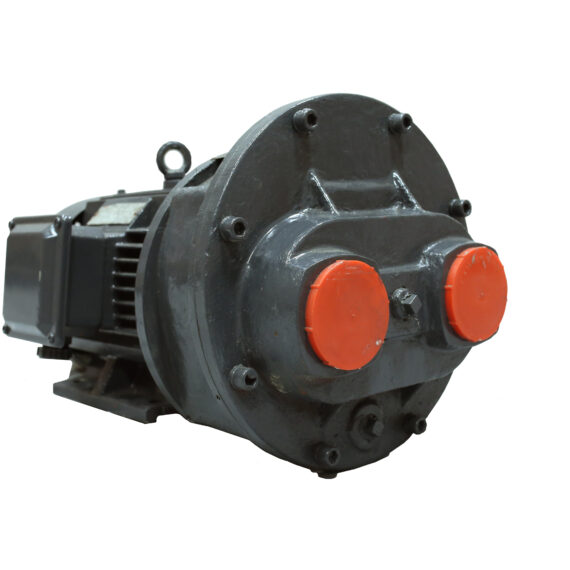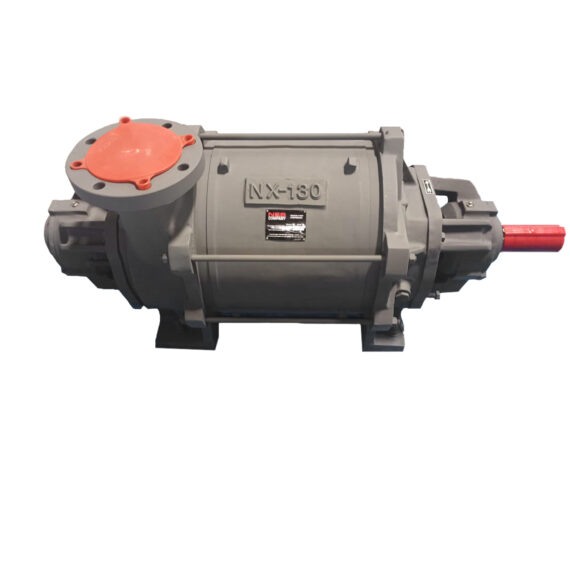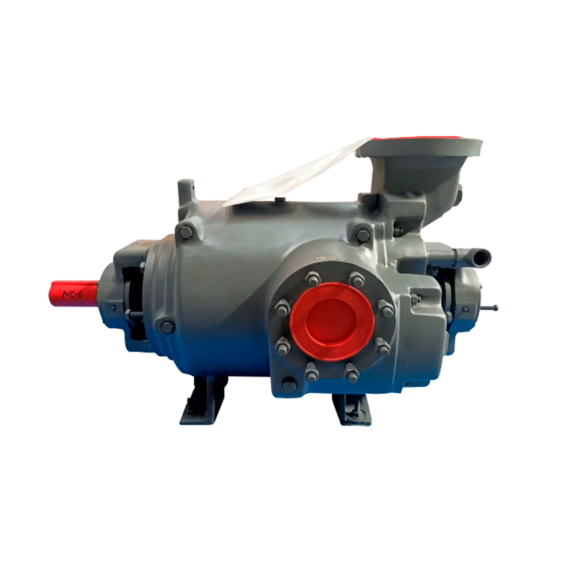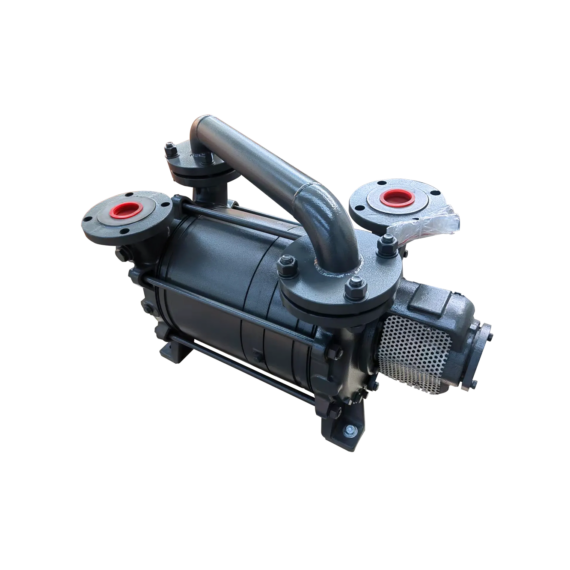
Liquid Ring Vacuum Pumps for Textile and Leather Manufacturing
The textile industry manufactures many different kinds of fabrics, dyes, and pigments. Different materials, such as cotton and polyester, undergo different weaving processes. Despite this, there is a general process for all of them.
First, the material is harvested or constructed. The material is then spun into yarn, and the yarn is woven into fabric. Because many lubricants and potentially hazardous chemicals have been used up until this point (insecticides, pesticides, etc.) the fabric is washed and cleaned thoroughly.
Cotton fabrics undergo chemical treatment such as bleaching and mercerizing. Bleaching makes the fabric whiter and easier to dye. Mercerizing is a process that leads to significant improvements in gloss, dye reception, and tensile strength. First, the fabric is soaked with a sodium hydroxide solution. Then, the fabric is stretched, allowing the solution to soak deeper. The fabric is then washed while still stretched, neutralized with acid and washed again.
Dyeing can take place at nearly any stage. Synthetic fibers can be dyed as they are created, while all fibers can be dyed while spinning into yarn, making into fabric, or as a finished garment. After dyeing, all material is washed to remove excess dye.
The fabric undergoes vacuum slot extraction. A narrow, slotted tube passes over the fabric lengthwise. The tube is connected to a vacuum pump, which frees excess water, dye liquor, and solution out of the fabric. The finished material is treated depending on its intended use (anti-pilling, hydrophobic, anti-crease, etc.), packaged, and shipped.
View our Products
The leather tanning process takes particular care for water content within the product. First, animal hides are dehydrated and cured using salt. This prevents the hide from breaking down, or putrefying, as the salt wards off bacteria. They are either dry-salted and washed or brined. They are preserved until shipped to a tannery, where they are re-hydrated in a bath. The hide is limed, or soaked in a calcium oxide solution so that the skin is soft, the hair is easily removable, and the hide swells for easy separation. The hair is removed from the hide, and the leather is separated into its two usable components, grain and split leather. The hide is soaked in acidic solution to shrink it, enzymes to soften it, and pickled for increased reception of tanning agents. The hides are tanned in a drum full of tanning agents. Whether it be chrome, chrome-free, or vegetable agents, the hides sit for extended periods of time until they become leather. After a possible re-tanning to preferred color or shine, the leather is dried. The leather can be dried in many ways. It can go through sammying, or dewatering through rollers, but can sustain damage from over-squeezing. One of the best ways is vacuum-drying. An even, constant suction is applied to the flesh side of the leather. It is quick, there are minimal wrinkles, and the vacuum helps to draw out water while bringing any greases further inside the leather, allowing it to have a shining, polished look. The leather is then packaged and shipped to manufacturers.
Applications of Liquid Ring Vacuum Pumps
The textile industry makes good use of the liquid ring vacuum pump for dewatering applications. Its specialization for wet vapors and constant vacuum allow for greater efficiency as compared to a dry running vacuum pump, which pulsates. Both of these properties are also useful for vacuum slot extraction. Basic solutions, acidic solutions, and chemical compounds would be in contact with the pump. By selecting the proper metallurgy, the corrosion-resistant quality is critical for the process.
Liquid ring vacuum pumps are the best option for vacuum-drying leather. They are built for handling wet vapors, provide a constant suction, and are built to withstand any of the tanning agents and sodium oxide within the hide. Additionally, due to the robust design of liquid ring vacuum pumps, occasional slugs of liquid are handled, making these pumps an ideal choice for this application.




